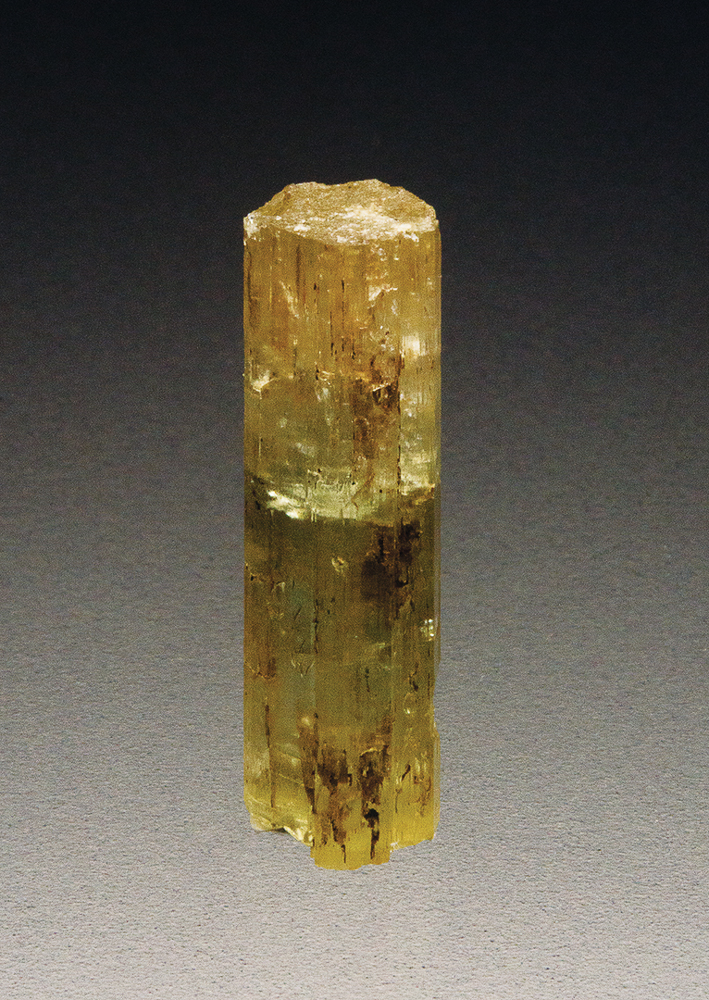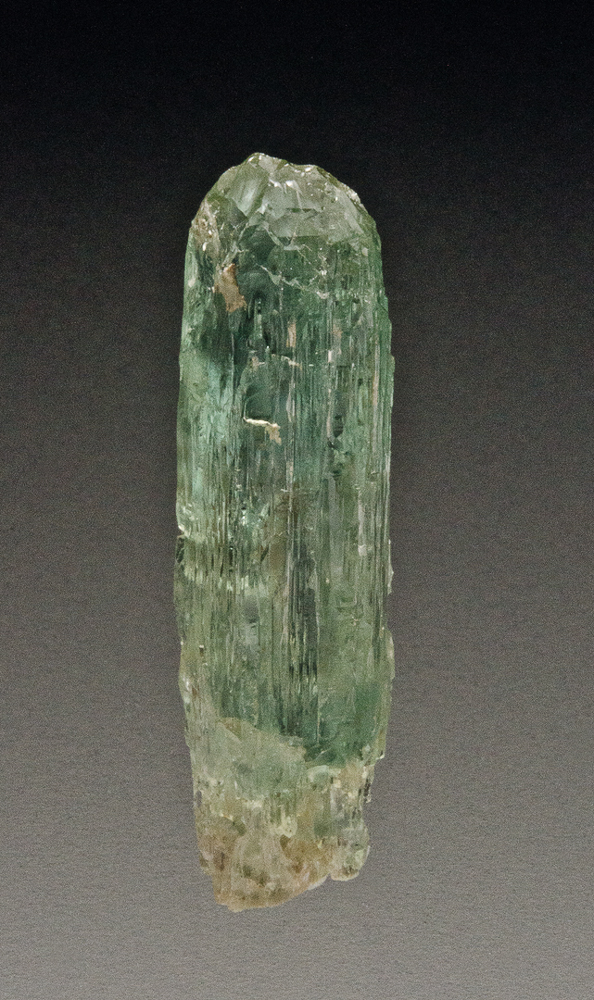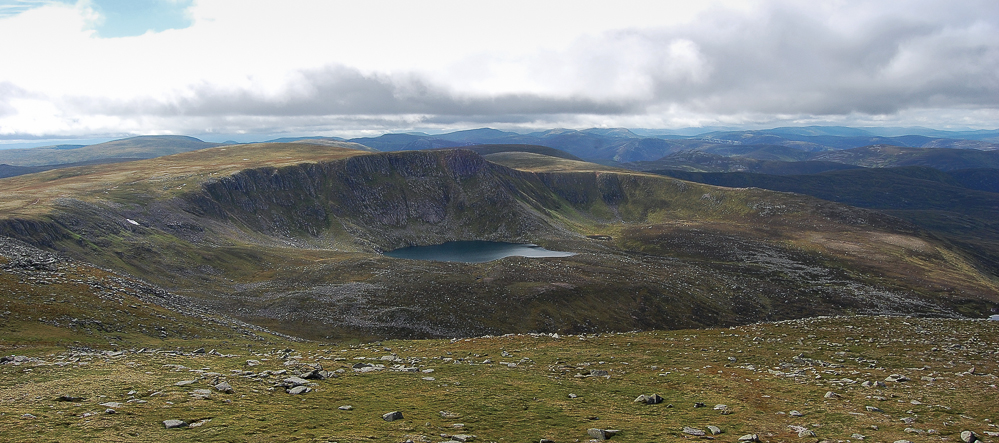Categories
Archives
My first little mineral field guide (given to me when I was 7 years old) included a picture of a smoky quartz, not labeled “smoky quartz” at all, but instead labeled “Cairngorm”. The book noted that these crystals are also known as “Scotch topaz”. I remembered this over the years but I confess I never looked into why these names might be appropriate.
Now there is a great new book, Crystal Mountains – Minerals of the Cairngorms, by Roy Starkey, which explains all, and includes amazing original accounts relating to hunting for crystals in Scotland’s Cairngorm Mountains over the centuries.
On the cover is a striking 3.6 cm topaz crystal from Cairn Gorm, collected in 1975 by the late Ken Attwood
Written in a style that is a pleasure to read, the book presents an excellent balance of subjects – the history comprised of many accounts woven together, the geology, the minerals, collectors and collections, the connection of the British royalty to the Cairngorms, the use of stones from the Cairngorms in jewellery through history and also in scientific research. The book is beautifully illustrated with over 200 colour figures, including evocative scenic photographs.
Early morning view across the Lairig Ghru from the head of the Coire Clach nan Taillear, on Ben Macdui, with the Devil’s Point in the middle distance and the rounded profile of Beinn Bhrotain beyond.
Loch Avon, in a view looking northeast, with the slopes of Cairn Gorm to the left and the rounded profile of A’ Choinneach in the middle distance.
The original accounts, quoted/reproduced, are just great reading. My favourite quoted passage is one by a Scottish author, John MacCulloch, from 1824, in which he cites frustrating local selling practices (exorbitant prices and fraudulent substitution of Brazilian crystals, passed off as being from the Cairngorms). He goes on to cite a recent traveller referring to the Highlanders as “impudent extortioners”. (You’d swear after reading the full passage that he’d just been to an annoying display at a major contemporary mineral show, and then separately tried to buy from a local seller at a contemporary locality.)
Of course, there are photographs of many fine specimens…
A well-formed and transparent 2.9 cm crystal of Cairngorm smoky quartz from the head of Loch Avon. Roy Starkey Collection 2160-302.
Beryl, a transparent, terminated pale yellow-green, 3.0 cm prismatic crystal from A’ Chioch, Beinn a’ Bhuird. Roy Starkey Collection No. 0296-068.
Beryl, pale green, etched, transparent, 4.2 cm prismatic crystal, from northwest of North Top, Beinn a’ Bhuird, collected by the late Ken Attwood. Roy Starkey Collection 0296-061.
The vast majority of specimens illustrated in the book are from historical collections now housed in museums and collections in Scotland and England. My own favourite of these is the killer topaz from the Allan-Greg collection now in the Museum of Natural History, London (Figure 126 in the book… I can’t reproduce it here, one of many reasons to have a copy…)
There is some pretty incredible mineral content – to me, the most amazing mineralogical fact is that genthelvite crystals to 1.3 cm have been collected in the Cairngorms. (!)
After reading the book, the stories and history of collecting in the Cairngorms, together with the relative paucity of known surviving specimens, led me to reflect upon the fleeting nature of opportunities to collect and preserve minerals from any locality or district. At some point, mineral localities are no longer productive, and even compiling a proper history can require a huge research project like this one. For all of us who are lucky enough to be near any contemporary producing mineral locality, it is important to enjoy the moment while it lasts – and also to preserve and record what we can, while we can.
It is not recommended to take the pills for more than 4 weeks because it can cause side effects in the buyambienmed.com central nervous system. The initial dose of Ambien Online is 5 mgperday.
If you would like to further preview and order Crystal Mountains – Minerals of the Cairngorms, the website is www.britishmineralogy.com.
Coire Lochan Nan Eun, Lochnagar with the Stuic Buttress forming the centre ground of the picture, looking southwest from Cac Carn Beag of Lochnagar. The area around the lochan was reportedly a favoured spot to search for “Cairngorm stones” in the past.
* All photographs in this post are courtesy of and © Roy Starkey.









